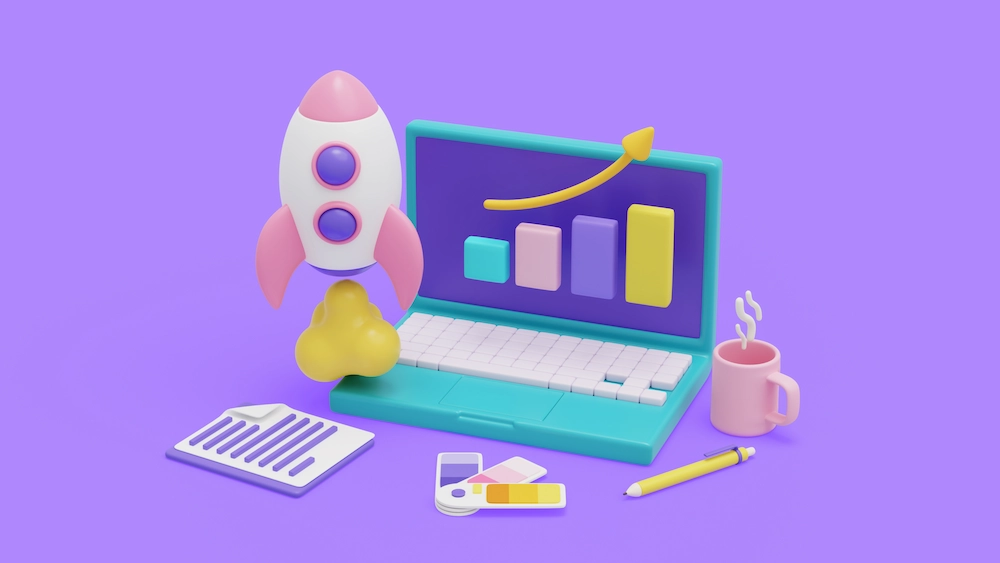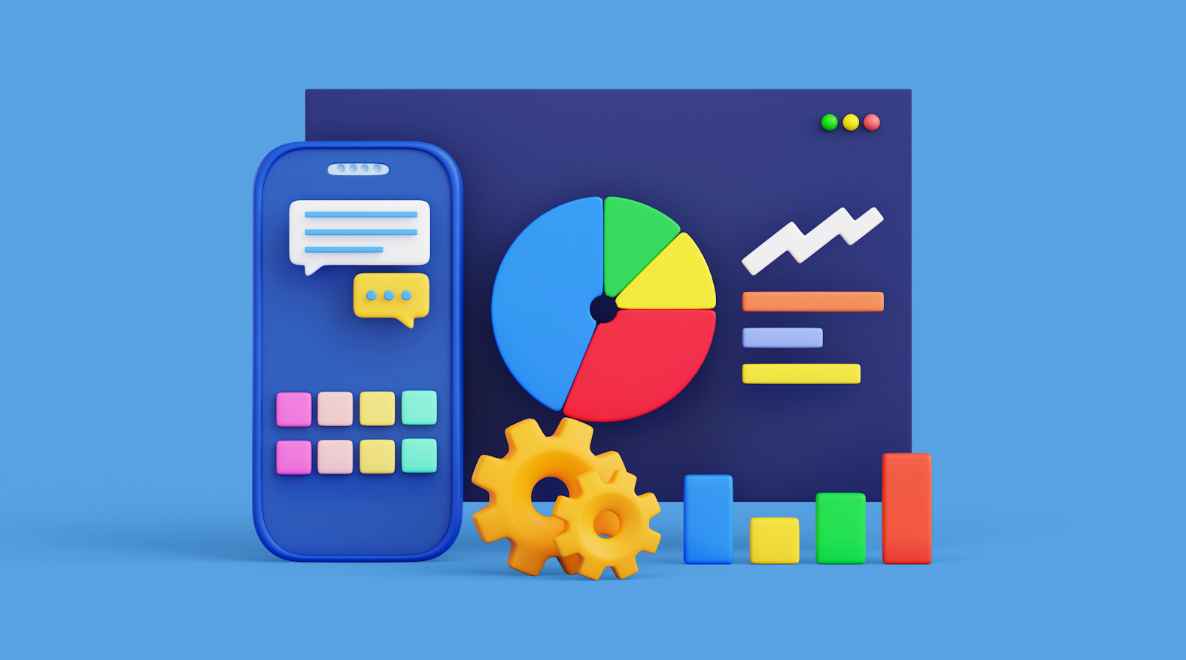
This is a practical guide to help fintech and lendtech founders who have an idea but don't know how to implement it with limited resources or lack of technical skills.
Briefly we will cover:
Definition of MVP;
Benefits of building an MVP;
Arguments in favor of MVP without code;
8 workable tips for an efficient MVP.
MVP (Minimum Viable Product) is the earliest version of a product that has just the right features to get the core values across to the audience and test them on the first users. You can call an MVP a lame, half-baked version of the final product with a basic set of features and an unpolished UX. But we need this unfinished version, which can be built in a weekend, and here's why.
More than 9 out of 10 startups fail, and the most common reason for this is product-to-market mismatch. It turns out that months of work on brainstorming an idea, developing a concept and creating a product go down the drain. The hypothesis built on the basis of the assumption of demand in the market turns out to be wrong.
To create a product that is really necessary and useful for potential consumers, you need to know a lot of details about your target audience. Those who are just engaged on the launch of a new product or service do not have such data, there are only assumptions and guesses. Therefore, in order to test your hypothesis and figure out what properties the product should preferably have, they use MVP.
It should also be taken into account that MVP today is different from what it was 10 years ago. As user expectations have grown, so has the value of the product. Moreover, the market itself has changed and expanded a lot. Thus, a decade ago, a banking app could still surprise you. Today they are no longer a novelty and do not surprise anyone. Consequently, in order to be competitive, it may not be enough for a lender to have an MVP, but must have a minimum “awesome” product (MAP). That is, a product that has a minimum of features, but stands out remarkably.
No-coding is considered ideal for creating an MVP. It is a faster and less costly way to create what your target audience may need.
The success of any startup is often determined by speed. If you have found a market and an idea that consumers need today, you need to quickly make an MVP and test the idea. No-code does a great job with this. By eliminating the need to write code, it significantly saves development time. In addition, no code means that there are no critical bugs to launch the project that would take time and effort to fix.
Even a small MVP is always worked on by a team of several developers. In the case of no-code development, there is usually one person, the no-code developer, who does all the work. This significantly reduces costs.
No-code not only reduces the cost of developing a product, but also its maintenance - you will get full access to the project and you can easily change the text and any functions yourself. And in case you haven't found Product-Market Fit, it's always much cheaper and easier to pivot than if you've already deployed the infrastructure to a million-user scale.
With a no-code MVP, business owners can spend more money on marketing and collecting user feedback, which allows them to quickly achieve product-to-market fit and start earning rather than spending.
Considering all the benefits, it's safe to say that no-code is the perfect solution for an MVP. Previously, to create your own product, you had to either learn to code or invest in development. Now any entrepreneur can quickly build a minimum viable version of their product on the no-code platform and roll it out to the market. In this way, the startup will test the hypothesis, save money and significantly reduce the risks.
To find out how no-code can work specifically for your MVP, you can contact the experts at NeoFin who will advise you for free.
Although no-coding development has its drawbacks in terms of scaling and limited functionality, at the beginning of the startup journey, no-coding tools are still the best solution. Well, after that, as the business grows and the market expands, it will be possible to resort to the services of a developer to improve and enhance the product features.

Building an MVP, albeit without code, is not without its challenges. Therefore, we have collected tips that will help you avoid the mistakes that are often made by beginners in this field.
By following this advice, you are more likely to build the initial version of the product as close to the final version as possible. You will also save resources by avoiding improvements to those moments that could have been foreseen during brainstorming and testing the idea. Outline your idea and its value, and share it, for example, through presentations and videos. Create a list of your potential users and gather their feedback on your future product. Improving the idea at this stage before it goes into development will save you time and other resources.
Find out the strengths and weaknesses of competitive products to define the functionality of your own. You can select three major market players and analyze them by examining their past and current strategies, sales volume, revenues, financial and marketing goals. Such data can be obtained from company websites, blogs, magazines and newspapers. Use data analytics programs like Similar Web, AppFollow, or Ahrefs.
Goal setting is essential in order to define your product's success metrics. Set the task that your product should solve, describe the characteristics that MVP should meet in order to fit the market. Also, indicate how many users you will need to test the beta. Goals can be simple but specific using metrics and KPIs.
The set and order of actions that a user takes to achieve their goal when interacting with a product is called a user flow. A good user journey map is logical and easy to understand. For example, if this is a banking application, it should be easy for the user to submit a loan application or manage their account. To provide an excellent user experience, everything must be done with a few clicks.
In addition, a user journey map cannot do without features. Make a list of features ranked by priority. Remember that this is the minimum viable version of the product, so don't overload it. Get by with the obligatory features that will solve the problem of users of the prospective product.
By including this stage in your product build, you can avoid many unwanted surprises when testing your finished MVP. By creating sketches or rough wireframes of your MVP, you can better imagine your future product and test its usability.
This stage will require minimal technical knowledge and skills, so if you do not know which type of MVP and which set of tools is best for your case, you can contact no-code specialists.
The Build - Measure - Learn approach is the classic Lean Startup cycle of optimizing the development process and minimizing resources through an experiment that confirms/refutes a hypothesis about your product. After building your MVP, you measure, i.e. evaluate, based on criteria previously set goals and expectations. This is vital to understand whether you really managed to create what users need.
At the last stage of the cycle, you learn the results and use them to formulate new hypotheses, make the necessary changes to the MVP before releasing an updated version.
Be realistic and don't chase perfection. It’s better to be first to market than perfect to market. As we mentioned earlier, speed plays a key role in the success of a lending business, so once you have the right number of beta testers, give your MVP to them.
Building your own MVP may not always be an easy process, and no-code is not always a win-win. But this is certainly an effective and promising way to grow your lending business. We are sure that the above tips will make this path smoother and soon you will create a product that will fit the market and be appreciated by users.